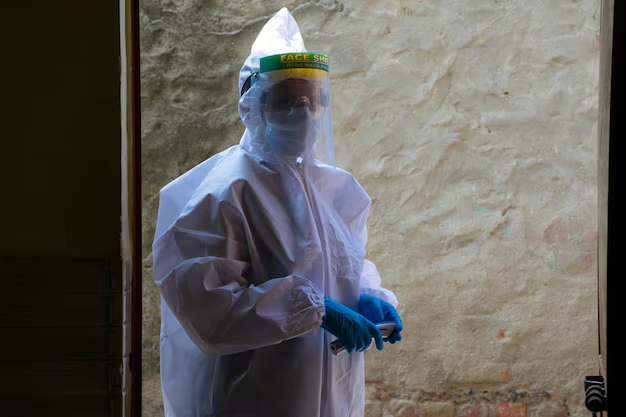How to Easily Check Your Apartment for Mold and Protect Your Home
Discovering mold in your apartment can be a daunting thought. It not only poses health risks, but can also affect your property value and quality of life. Identifying mold early is key to addressing the problem without unnecessary cost or health complications. Here’s how you can effectively check for mold in your apartment and take the necessary steps if you find any.
Recognizing Signs of Mold
Before conducting a deep inspection, it’s helpful to identify apparent signs of mold:
- Musty Smell: A distinct musty, earthy odor often accompanies mold growth.
- Visible Patches: Look for black, green, or white patches, commonly found in damp areas like bathrooms or kitchens.
- Water Damage: Stains or discoloration on walls, ceilings, and around windows may hint at mold beneath the surface.
Performing a Thorough Mold Inspection
- Check Humid Areas: Mold thrives in moisture. Inspect your kitchen, bathroom, and laundry area for potential growth.
- Inspect Behind Appliances: Move refrigerators, washing machines, and other appliances to check for hidden mold.
- Examine Ceilings and Floors: Water-damaged ceilings or floors can conceal mold colonies.
- Look Inside HVAC Systems: Mold can grow within air conditioning units and ducts.
- Check Windows & Doors: Look for condensation or water damage around frames.
Testing for Mold
If visual checks aren't conclusive, consider mold testing:
- Do-It-Yourself Kits: Home testing kits are available but vary in accuracy.
- Professional Testing: For comprehensive results, hire a professional service to analyze air and surface samples.
Renting and Mold Responsibility
As a tenant, dealing with mold can be complex. Understanding your rights and responsibilities is crucial:
- Report to Landlord: Notify your landlord immediately if you discover mold. Document the mold with photos and written communication.
- Landlord Obligations: Generally, landlords are responsible for maintaining safe living conditions, which includes addressing mold issues.
Protecting Financially
If mold remediation leads to unexpected expenses, consider the following financial resources to help manage costs:
- Renter’s Insurance: Check if your policy covers mold remediation, temporary housing, or property damage.
- Government Aid Programs: Assistance may be available for low-income renters for home repairs or temporary rehousing.
- Legal Aid: Some non-profits provide free legal counsel on landlord-tenant disputes, including mold issues.
In situations where landlord inaction affects your living situation, knowing your financial options can be pivotal.
Beyond Mold: Getting Back on Track
Addressing mold is a part of maintaining a healthy living environment. However, financial strain can impact your ability to manage these issues. Here are some resources to ease related expenses and find educational opportunities:
- 🏡 Local Housing Assistance: Programs aiding repairs and temporary relocation if your apartment becomes uninhabitable.
- 💳 Debt Relief Solutions: Explore credit counseling services to consolidate or manage expenses.
- 🎓 Educational Grants: If financial burdens deter career goals, various grants or scholarships can support continued education.
- 🤝 Legal Aid Services: Free or low-cost legal advice for tenant-landlord disputes.
Credit Solutions for Emergencies
- Low-Interest Loans: Designed for emergencies, these can cover unexpected costs like mold remediation.
- Financial Counseling: Services to help budget and manage debt efficiently.
Tackling mold is about vigilance and taking immediate action. Once your apartment is safe, consider these financial strategies to ensure stability and peace of mind as you move forward.
